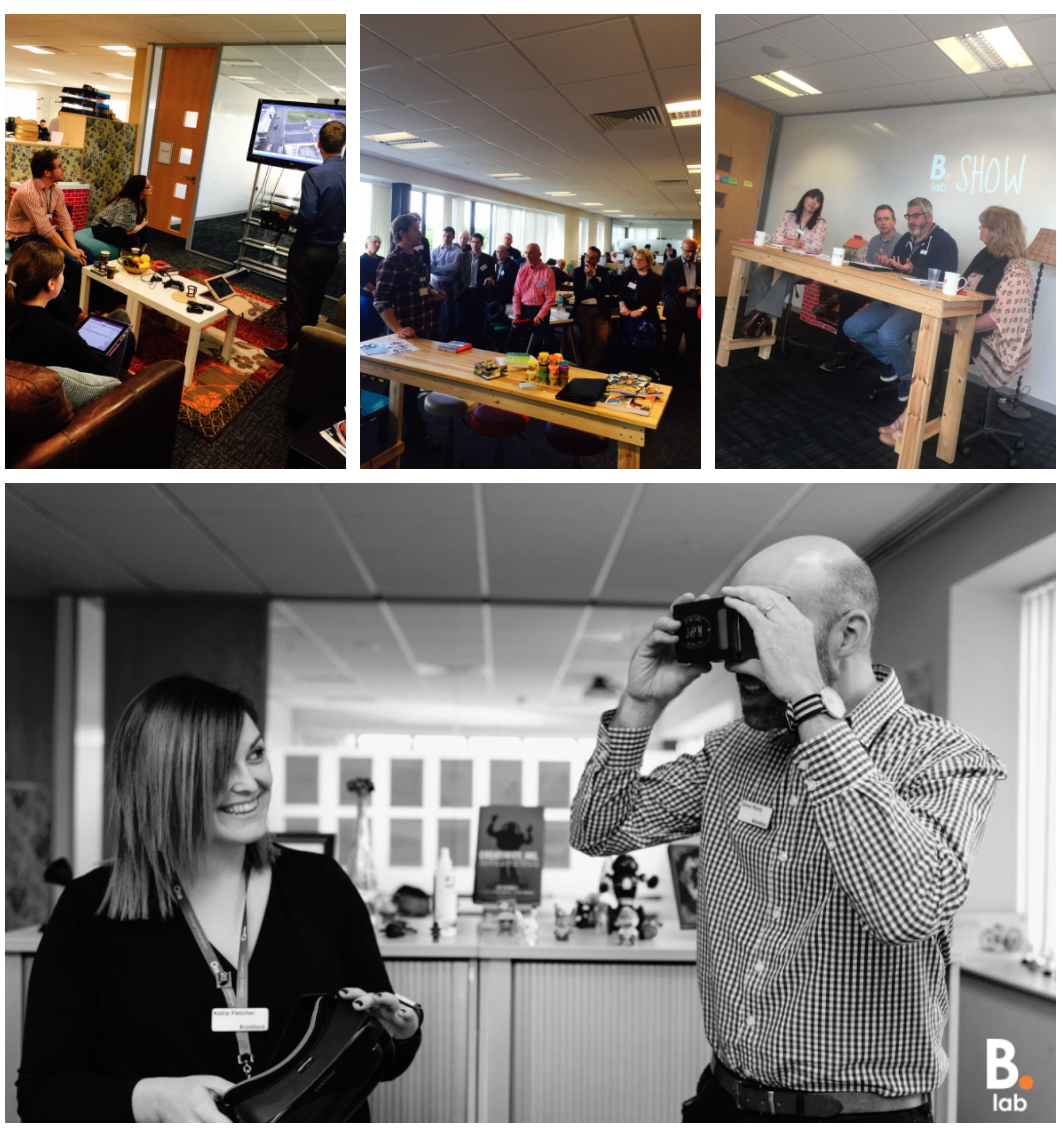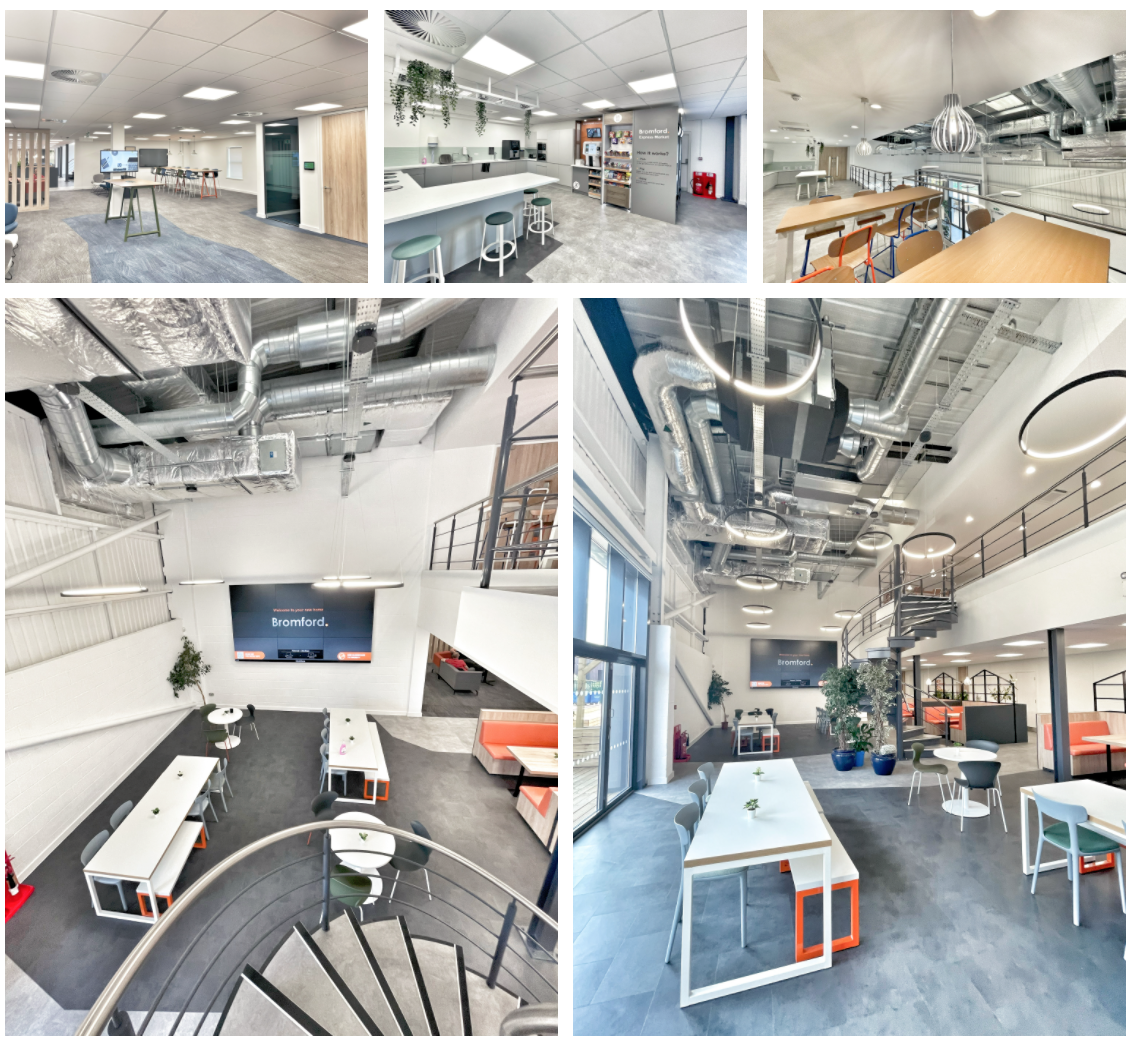When you think of the “space to innovate” what immediately springs to mind? Is it the physical space , the mental space, the calendar space? All three?

I’ve been thinking a lot about spaces and environments this week: specifically what are the best creative spaces to boost collaboration?
Few companies measure whether the design of their workspaces helps or hurts performance, but they should. The physical space for innovation or even peak performance may look very different for each of us. For some of us it will be fresh air. For others it will be a whiteboard and post-it notes.
The term ‘innovation theatre‘ was coined by Steve Blank to describe those innovation activities (hackathons, design thinking classes, innovation workshops) that give the illusion of a creative culture but can lack substance. As Steve says, these activities shape and build culture, but they don’t win wars, and they rarely deliver shippable/deployable product.
Michael Hendrix of Ideo recalls seeing a door near a client’s boardroom labeled with a sign reading, “creative thinking room/DVD storage.” It’s a perfect metaphor. Without the strategy and the discipline all the fancy tools, like having a dedicated brainstorming room–ultimately won’t work.
During my time at Bromford Lab I’ve seen many organisations try and emulate the approach, but few have succeeded. This is the myth of the Innovation Lab – the belief that by creating a space your organisation will become more creative. Innovation will come from the strategies you deploy around that space – not within it. As Tendayi Viki says – it is very rare that you find a leadership team that has thought through the implications of opening a lab. The first symptom of this is the lack of a clear innovation strategy.
That said – I think innovation spaces can be important. The biologist Jonas Salk claimed his discovery of the polio vaccine only came when he swapped his basement lab for an Italian monastery. There are some simple things we can do to our physical surroundings to help boost our creativity, and there appears to be plenty of evidence that suggests that personal creativity can be improved and not just reserved for certain people.
Of course, the place for creativity is everywhere. However small innovation units with dedicated investment can be useful because they can provide training, networks, and other resources to help colleagues think differently. Ideally though, there should be cells of innovation driven by colleagues dispersed across the organisation.
Back in 2014 when we launched Bromford Lab – we needed to start somewhere. Establishing a creative space is a creative process in itself. We needed a space where the physical environment signalled collaboration and connection as well as high expectations. We needed an inspiring place that signalled to colleagues this wasn’t normal work. Innovation theatre? Maybe to begin with. But theatre can be good if it gets attention and starts to build a culture of experimentation – however small.
We used the space to swarm colleagues around problems and think creatively, to have a safe space where anything and anyone could be questioned, to host visits and to collaborate with different sectors.
We created it on the cheap, begging, blagging and borrowing to create somewhere different. Things like space and lighting matter in innovation as they affect mood which in turn affects outcomes, especially when chosen and designed consciously.
In March 2020 as the pandemic hit Covid seemed to kill the office. It certainly killed Bromford Lab as a space. It was mothballed – and filled with junk as we prepared to close down excess office space and refurb others to be fit for the future.
RIP Bromford Lab.
Long Live Bromford Lab.

This week as I walked into the newly reopened Bromford office – I saw that the way we imagined truly collaborative open spaces has been levelled up. We now have the perfect stage to begin to rewire the organisation and democratise innovation. The upcoming launch of the Ideas Hub – in which colleagues will be taught the skills to begin grassroots innovation using frugal jugaad principles at the same time as we develop the problem definition and experimentation skills of senior leaders promises some exciting times to come.
Not all organisations with creative spaces are engaged in innovation theatre, but all organisations engaged in innovation theatre have creative spaces.
Ultimately it’s great to have a space in your organisation for innovation.
However it’s even better if your organisation IS a space for innovation.
Related: Moving From ‘Big Change That Rarely Happens’ To ‘Small Change That Always Does’

